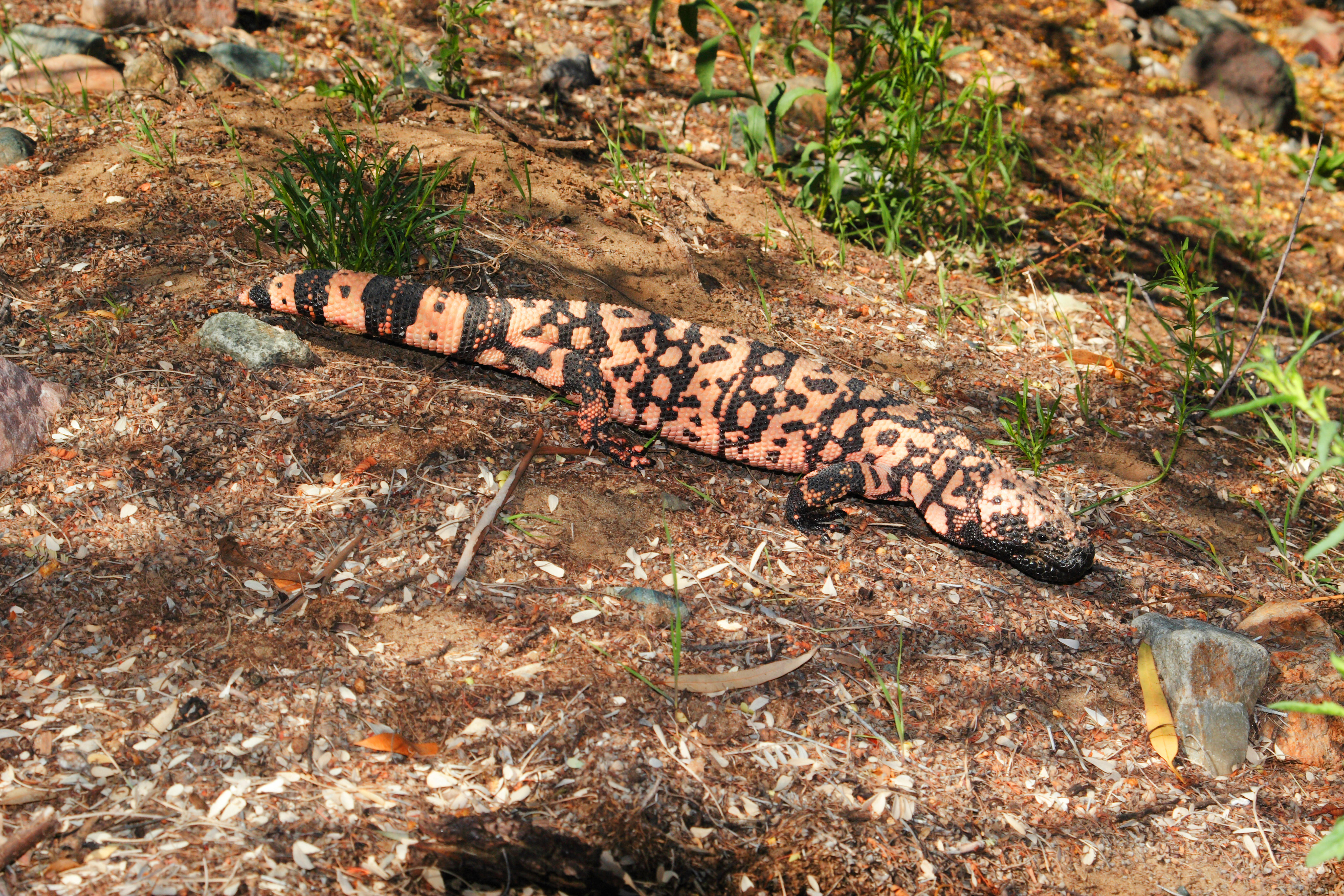 Reptiles are sometimes mistakenly labeled as chilly-blooded animals, implying that they’re unable to regulate their very own physique temperature. However, recent scientific research has revealed that this frequent false impression is removed from the truth. In fact, reptiles are actually categorised as being heat-blooded, similar to mammals and birds.
Reptiles are sometimes mistakenly labeled as chilly-blooded animals, implying that they’re unable to regulate their very own physique temperature. However, recent scientific research has revealed that this frequent false impression is removed from the truth. In fact, reptiles are actually categorised as being heat-blooded, similar to mammals and birds.
 Certainly one of the important thing characteristics of heat-blooded animals is their means to regulate their body temperature internally, regardless of the external environment. This regulation is achieved by way of a course of known as thermoregulation, reptile pets for children the place the physique actively maintains a constant inside temperature by adjusting its metabolic fee. Within the case of reptiles, they can generate heat internally by metabolizing meals and using the energy produced to regulate their physique temperature. This metabolic heat manufacturing signifies that reptiles are extra accurately described as ectothermic, moderately than cold-blooded.
Certainly one of the important thing characteristics of heat-blooded animals is their means to regulate their body temperature internally, regardless of the external environment. This regulation is achieved by way of a course of known as thermoregulation, reptile pets for children the place the physique actively maintains a constant inside temperature by adjusting its metabolic fee. Within the case of reptiles, they can generate heat internally by metabolizing meals and using the energy produced to regulate their physique temperature. This metabolic heat manufacturing signifies that reptiles are extra accurately described as ectothermic, moderately than cold-blooded.
In distinction to heat-blooded animals, which can maintain a relatively stable physique temperature no matter exterior petsmart reptile cages circumstances, reptiles are still heavily influenced by their surroundings. They depend on external sources of heat, such as the solar, to warm up and assist regulate their body temperature. This behavior is named basking, the place reptiles will spend time within the solar to absorb heat and increase their body temperature. Conversely, reptiles will hunt down shade or water to cool down when they turn out to be too warm.
The misunderstanding of reptiles as chilly-blooded animals could have originated from their conduct in colder environments. Many reptiles are known to turn into sluggish or inactive in cooler temperatures, leading to the assumption that they cannot regulate their physique temperature. However, this habits is an adaptive response to conserve vitality, slightly than an inability to generate heat internally. In truth, some reptiles diet, such as certain species of snakes and monitor lizards, have been found to exhibit active thermoregulation, where they actively hunt down warm or cool areas to regulate their body temperature.
The classification of reptiles as warm-blooded animals has significant implications for our understanding of their physiology and ecology. By recognizing their ability to generate internal heat and regulate their physique temperature, we are able to better recognize the numerous strategies that reptiles have advanced to outlive in a wide range of environments. Understanding the thermoregulatory behaviors of reptiles can also help within the conservation and administration of these species, reptile as pets for beginners modifications in temperature resulting from local weather change could have far-reaching results on their survival and reproduction.
In conclusion, reptiles are usually not cold-blooded animals as generally believed, however relatively warm-blooded ectotherms that can actively regulate their body temperature via metabolic heat manufacturing. By shedding gentle on this misconception, we can gain a deeper appreciation for the physiological adaptations of reptiles and their role within the ecosystems they inhabit.
